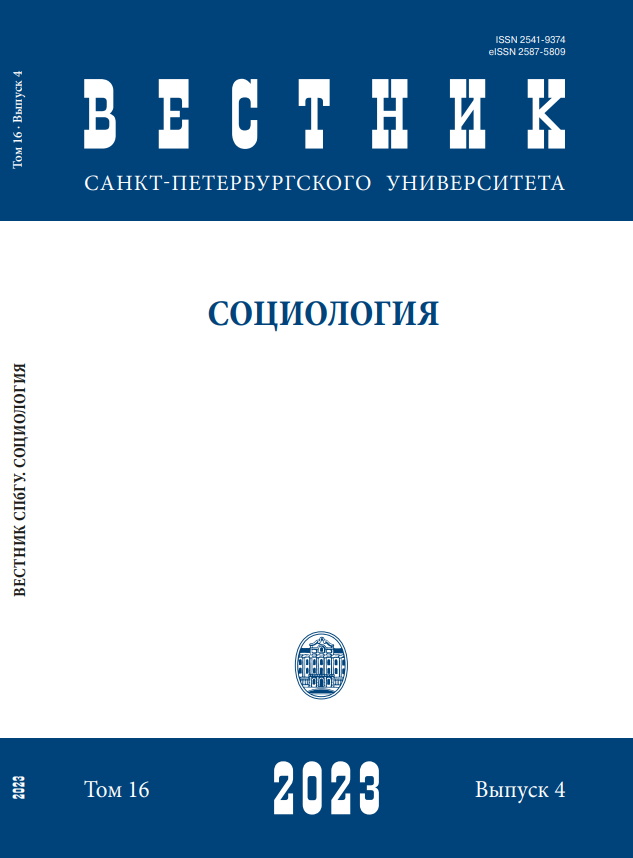Traditional and new forms of patient expertise: Together with doctors or versus them?
DOI:
https://doi.org/10.21638/spbu12.2023.407Abstract
The article outlines and discusses two opposite perspectives of medical practitioners in relation to patients’ attempts to form lay medical expertise. The author conceptualizes these two
approaches as thought styles and the corresponding communities of doctors as “thought collectives” (L.Fleck). The two thought styles are distinguished based on four characteristics: attitudes towards interaction with patients, particular ways of making sense of alternative forms
of expertise, strategies for resolving conflicts with patients, and outlooks on professional
knowledge and its place outside the medical community. One of the thought collectives —
monopolization collective — is committed to a paternalistic model of medical care, and the
corresponding style of thought does not allow noticing and acknowledging patient expertise.
Patients’ attempts at joining the professional medical rationale are resisted by these medical professionals, and in situations of disagreement or conflicts doctors use a closed strategy for their resolution. Physicians from monopolization collective are skeptical about translating
medical knowledge outside of practitioners. In contrast, doctors who adopt a co-construction
thought style follow the logic of partnership when interacting with patients. Such a style allows
medical practitioners to recognize the value in patient expertise and include it in a dialogue
and disease management. When conflicts and differences of opinions arise, doctors follow
open and intermediate strategies for their resolution, which implies additional efforts to build
communication with patients. At the same time, there is a clear demand from this collective
for the creation of high-quality popular science and educational materials for patients. High
quality translation of medical knowledge is seen as a necessary means of including patients in
productive co-production of expertise.
Keywords:
sociology of medicine, sociology of expertise, lay expertise, doctor — patient interaction, style of thought, online sources
Downloads
References
Downloads
Published
How to Cite
Issue
Section
License
Articles of "Vestnik of Saint Petersburg University. Sociology" are open access distributed under the terms of the License Agreement with Saint Petersburg State University, which permits to the authors unrestricted distribution and self-archiving free of charge.




